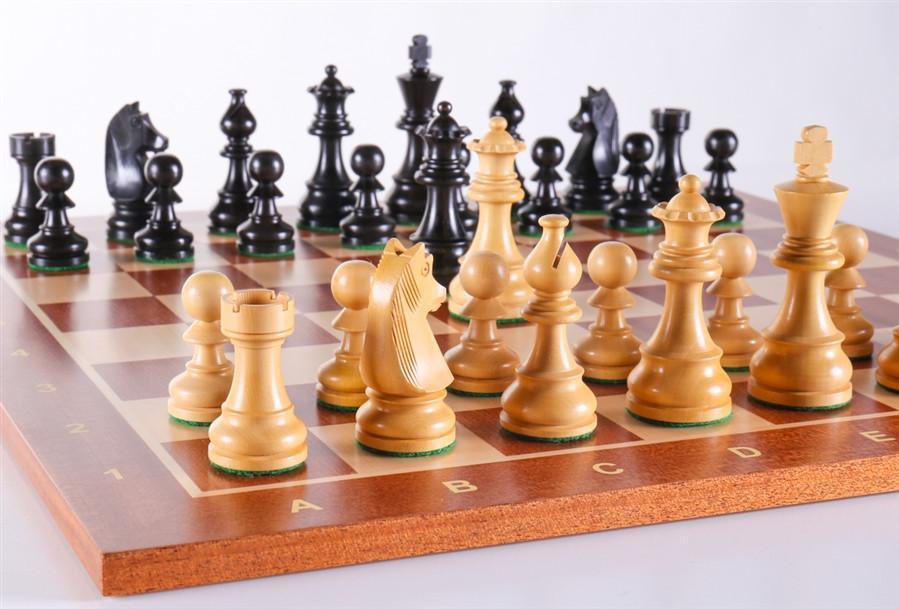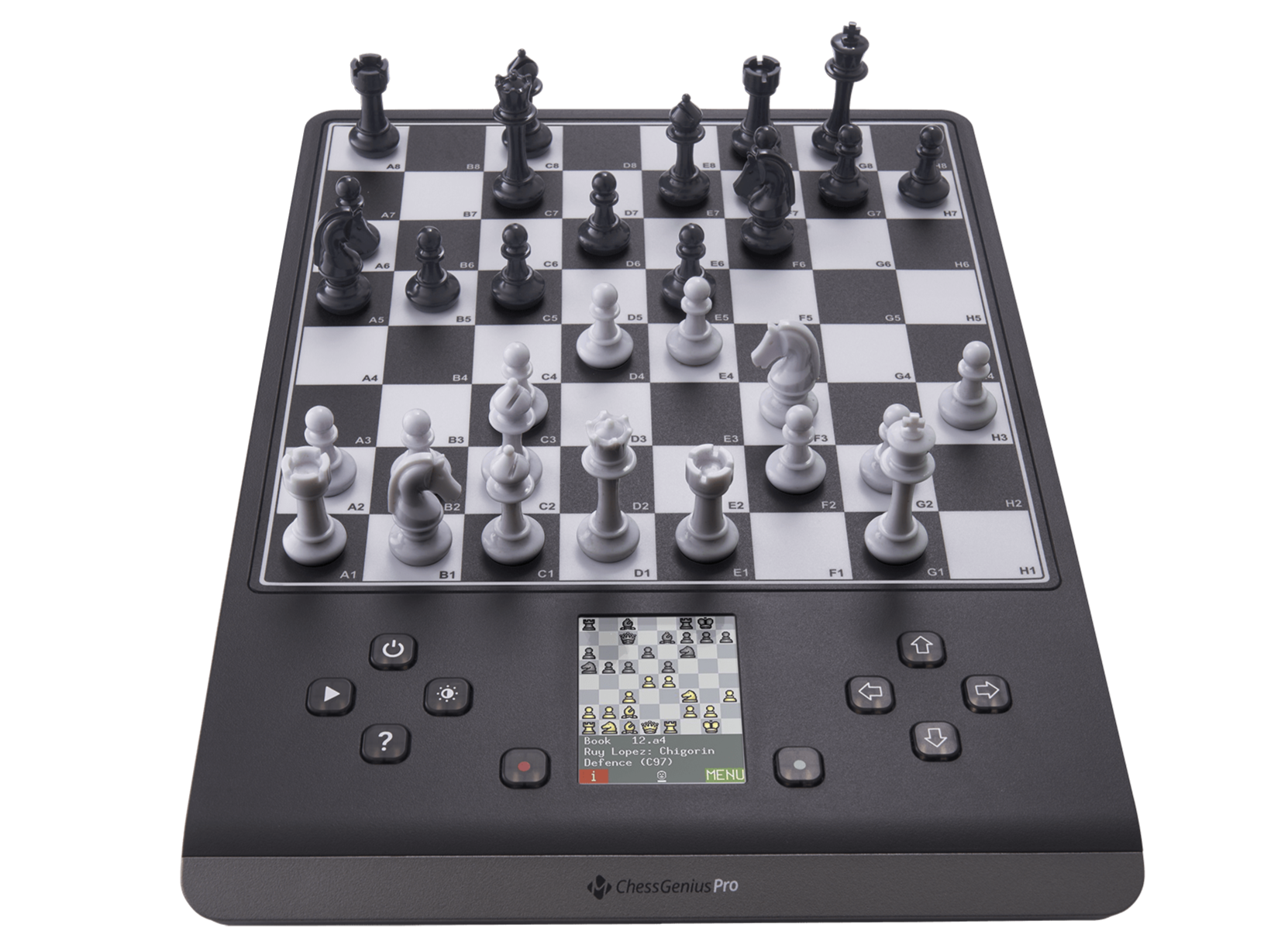The move en passant is both interesting and perplexing to beginners. The move was originally invented in 1561, and officially accepted to the rulebook in 1880 according to wikipedia.
"en passant" means "in passing".
Here is a clear explanation of the en passant rule:
When a pawn moves two squares on one turn, on the very next move, an adjacent pawn may capture that pawn as if it had only moved one square.







